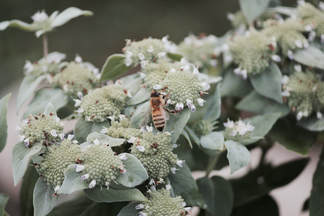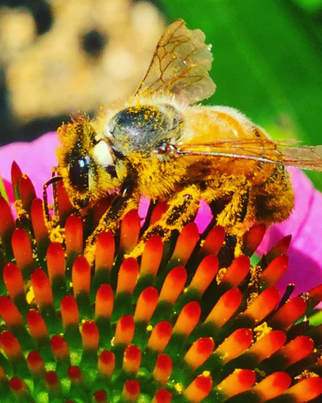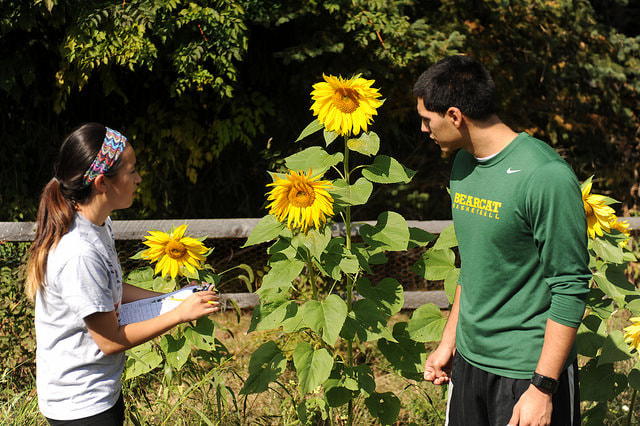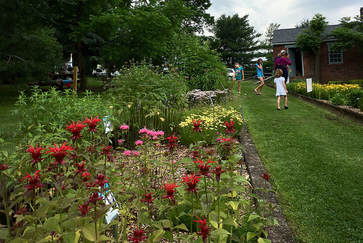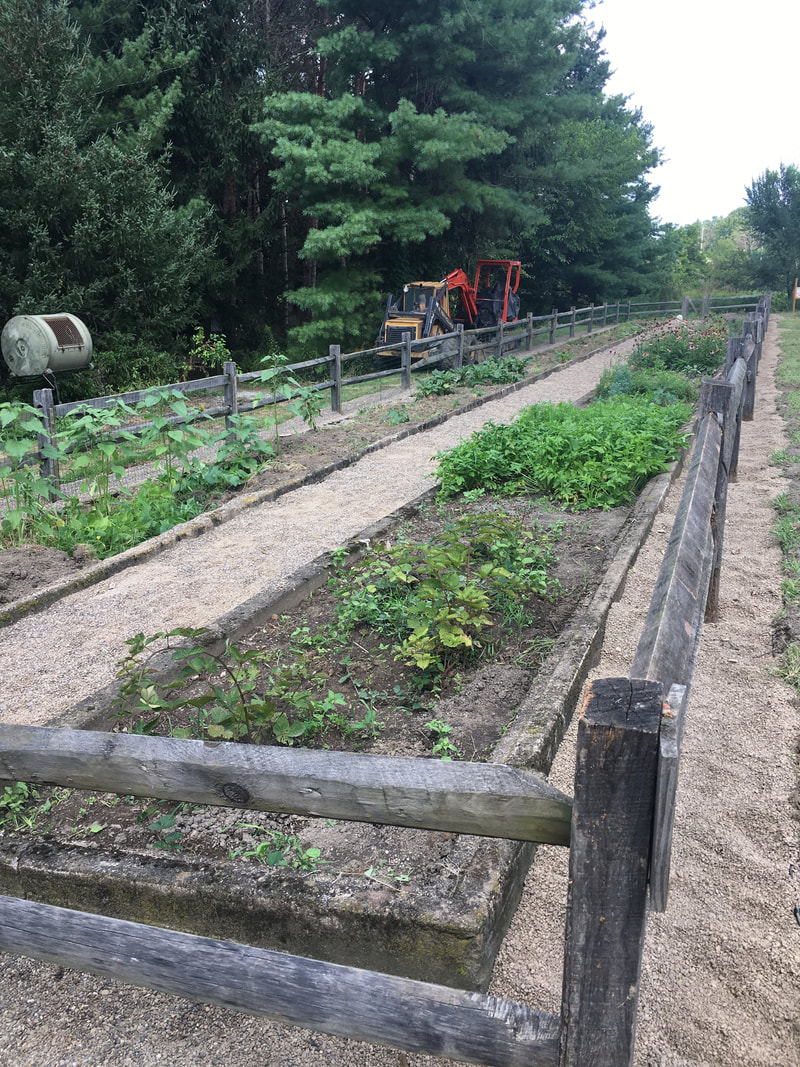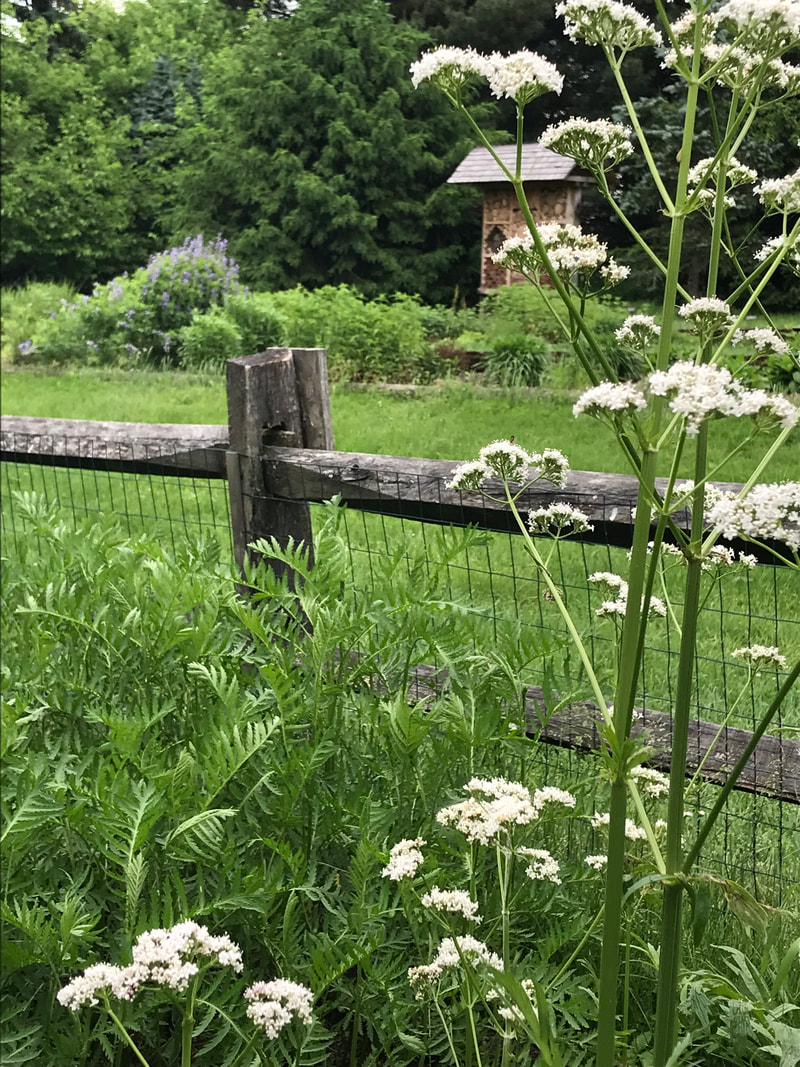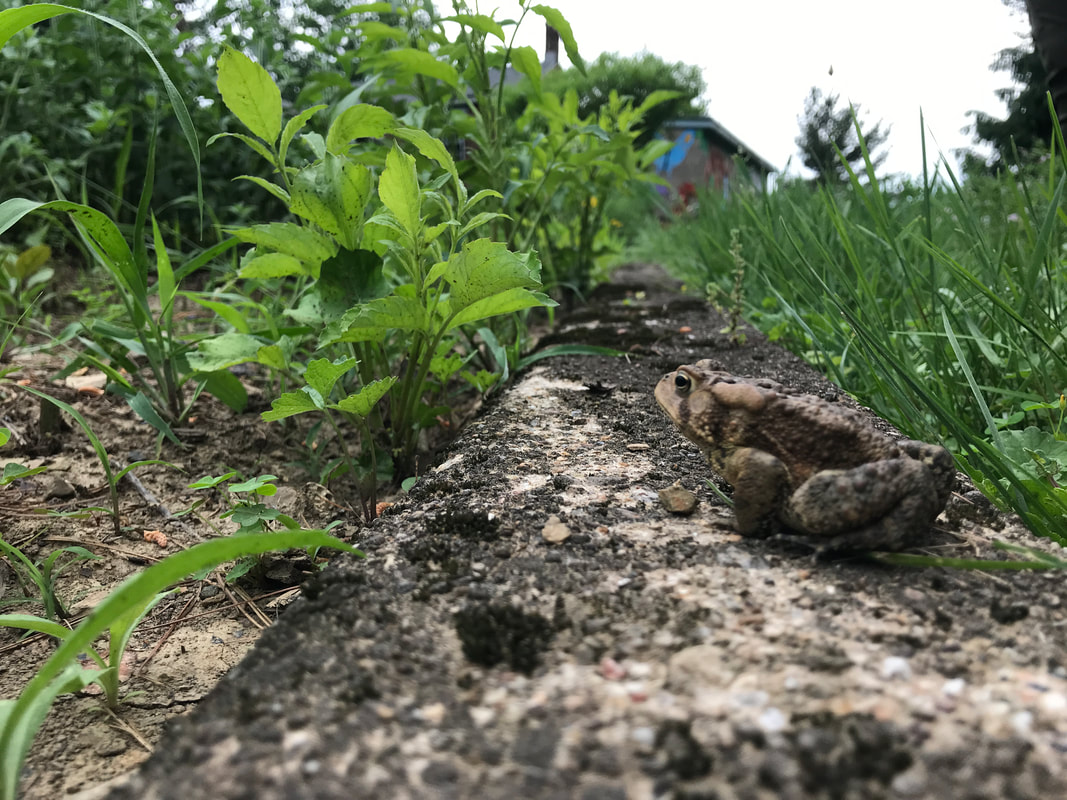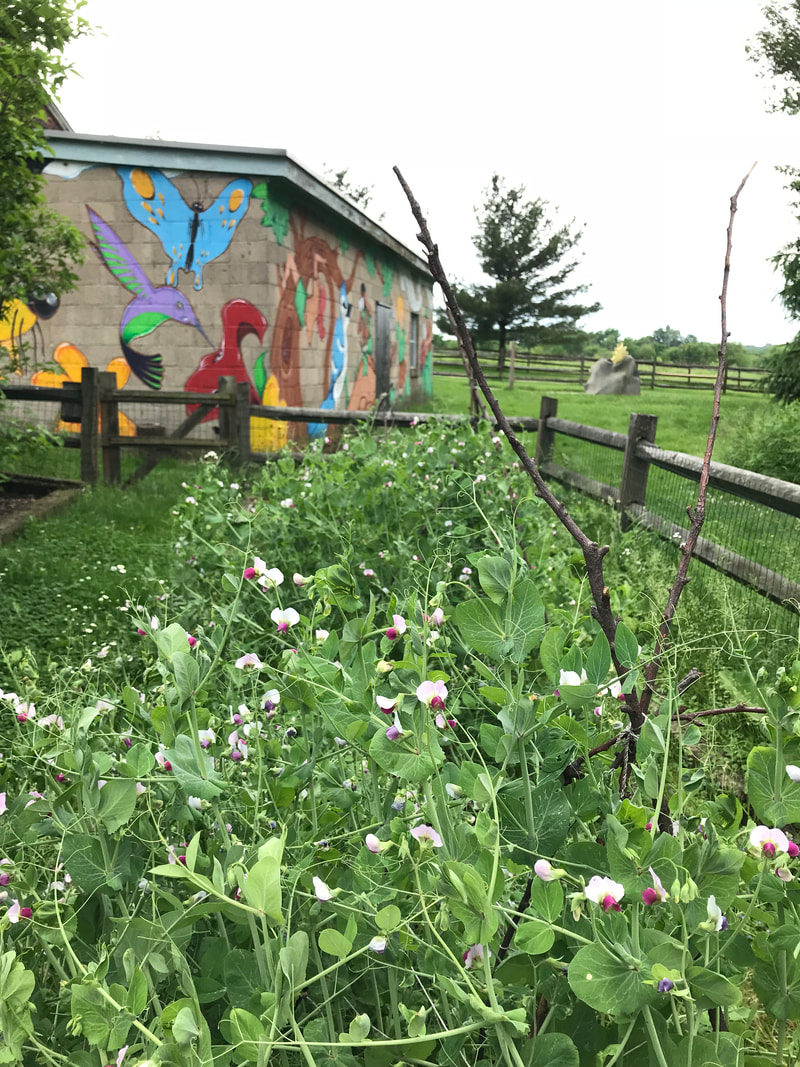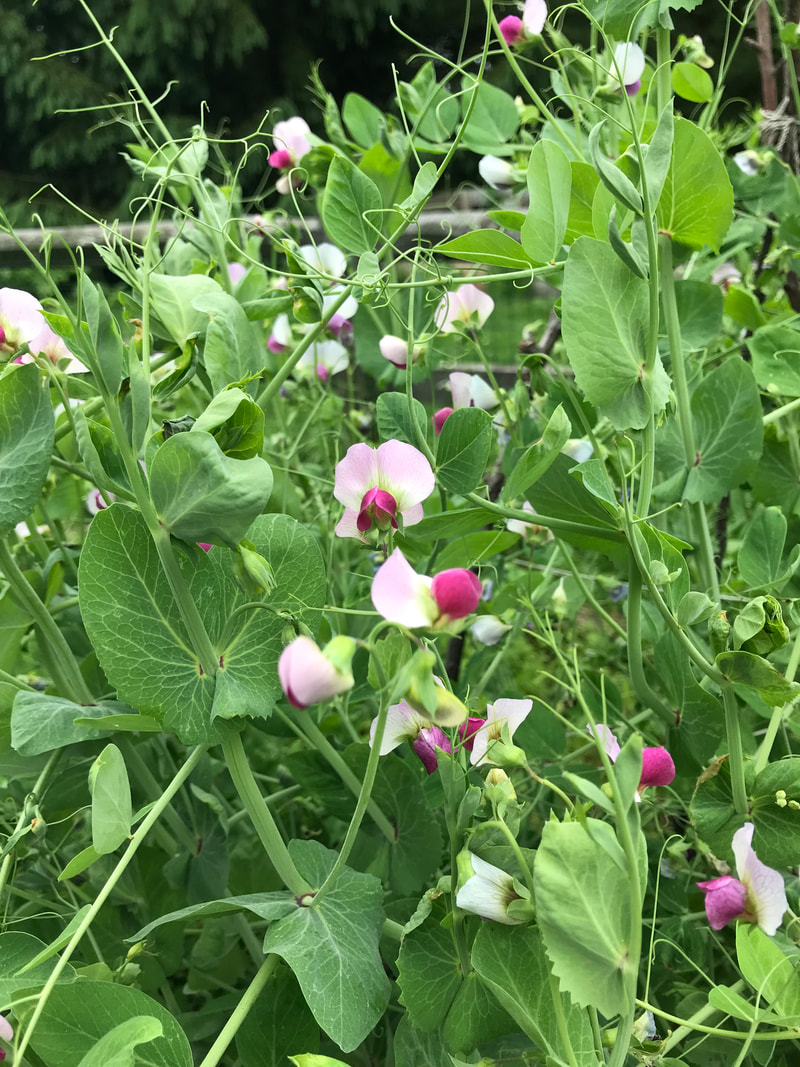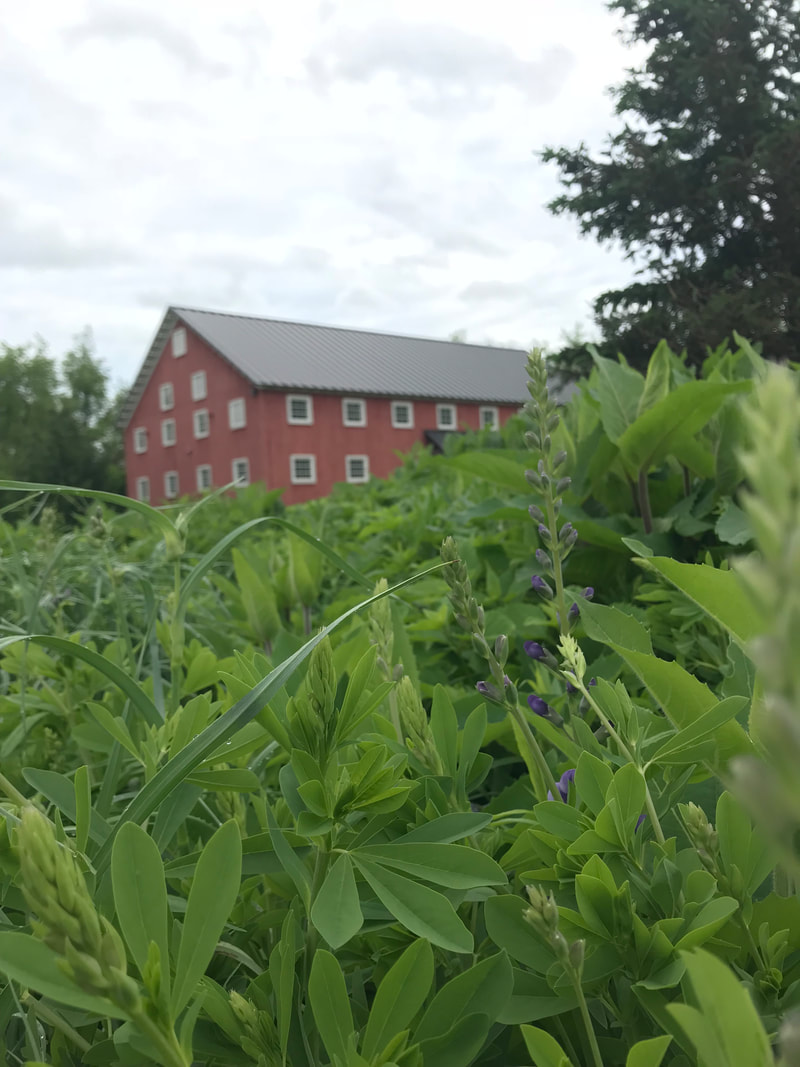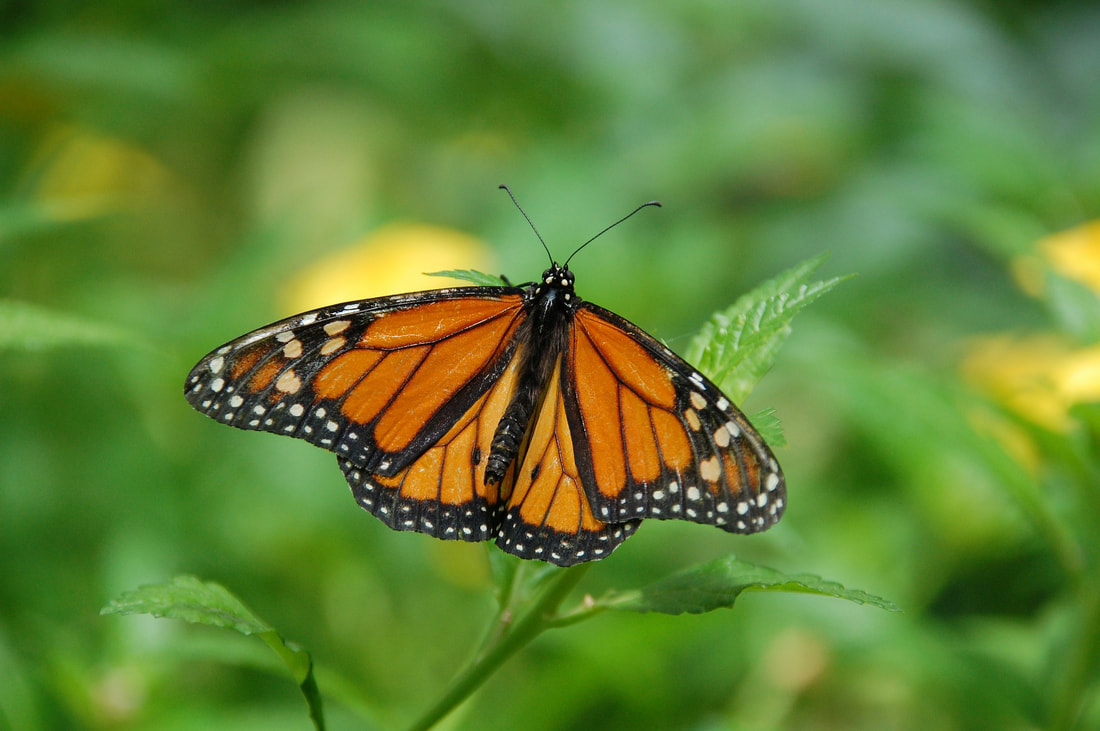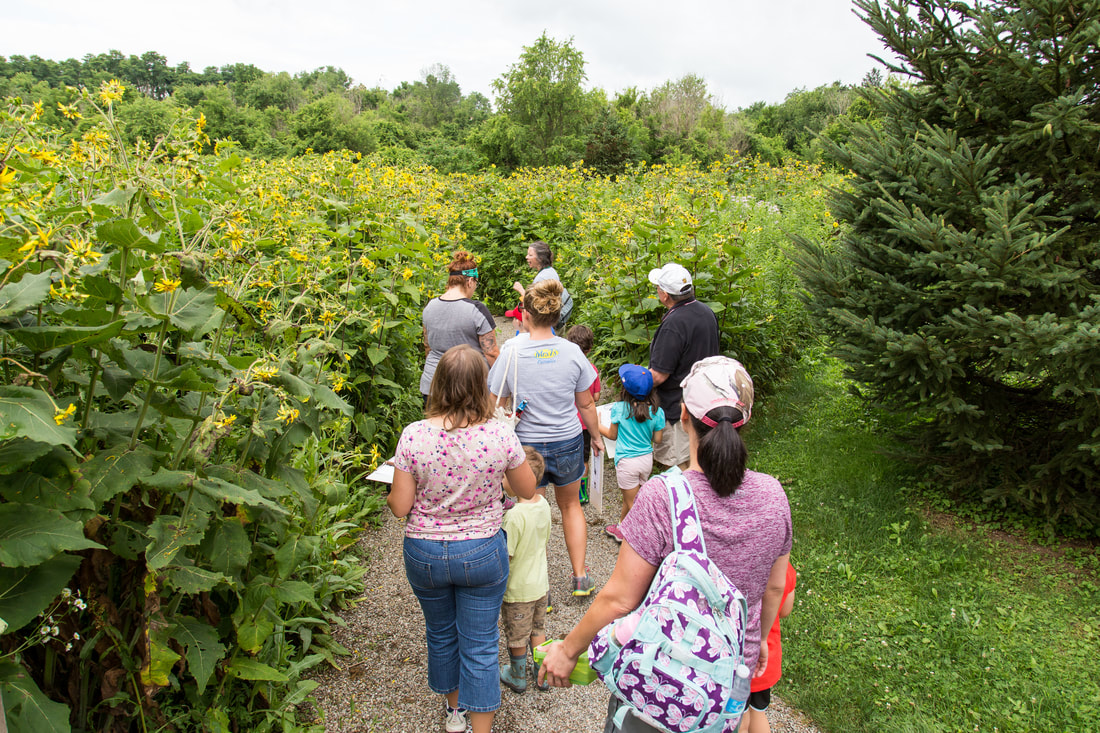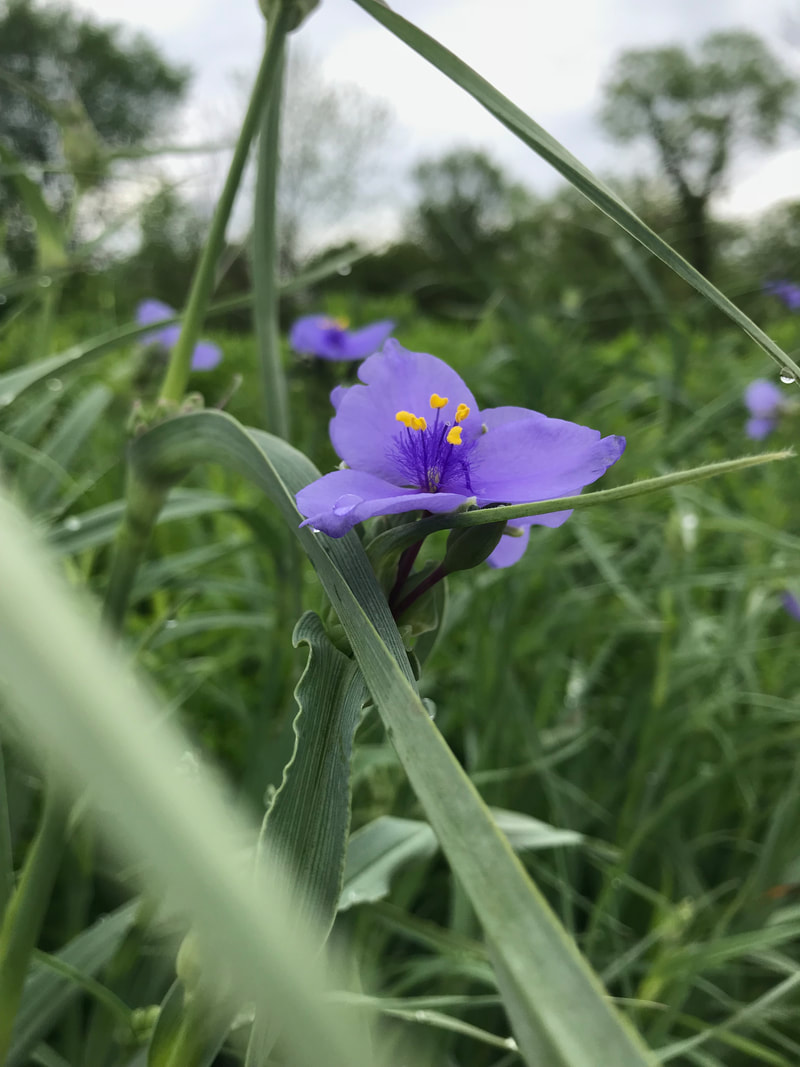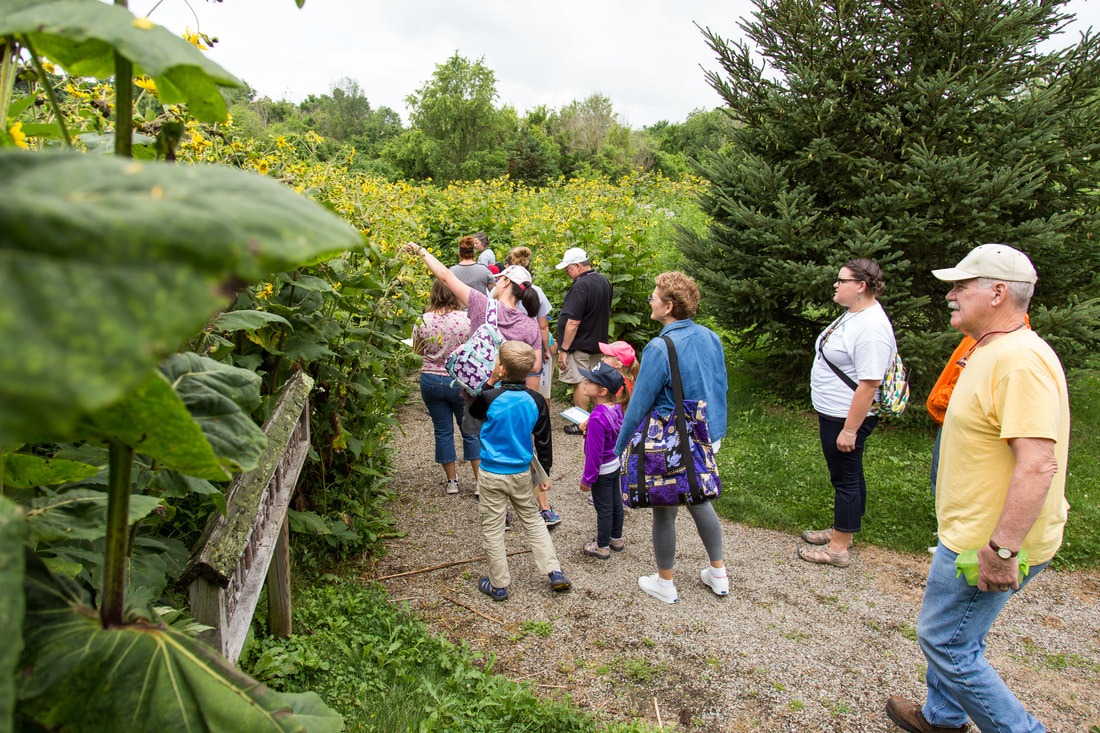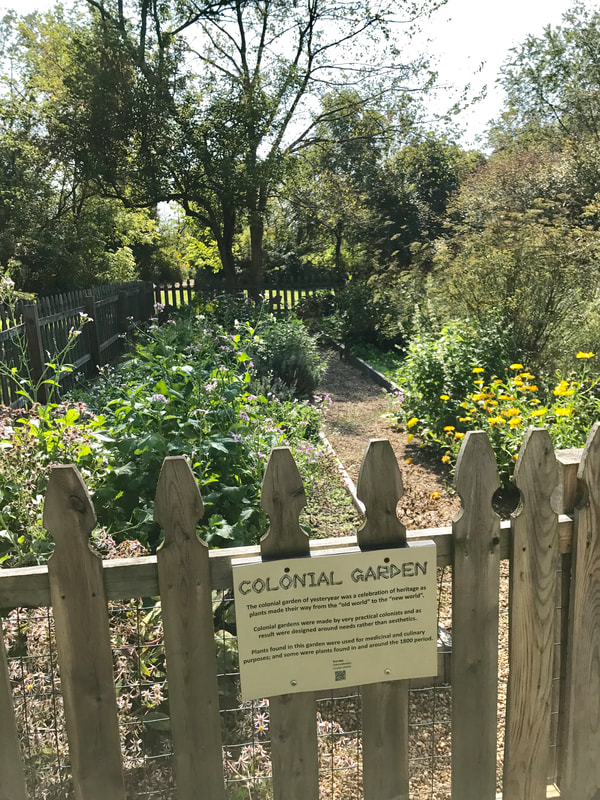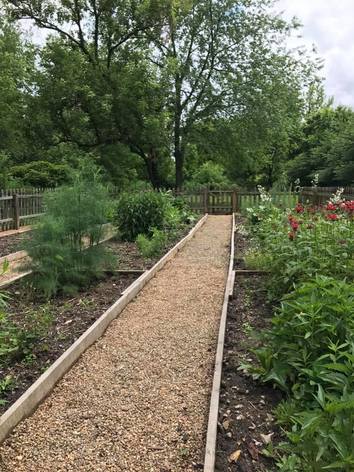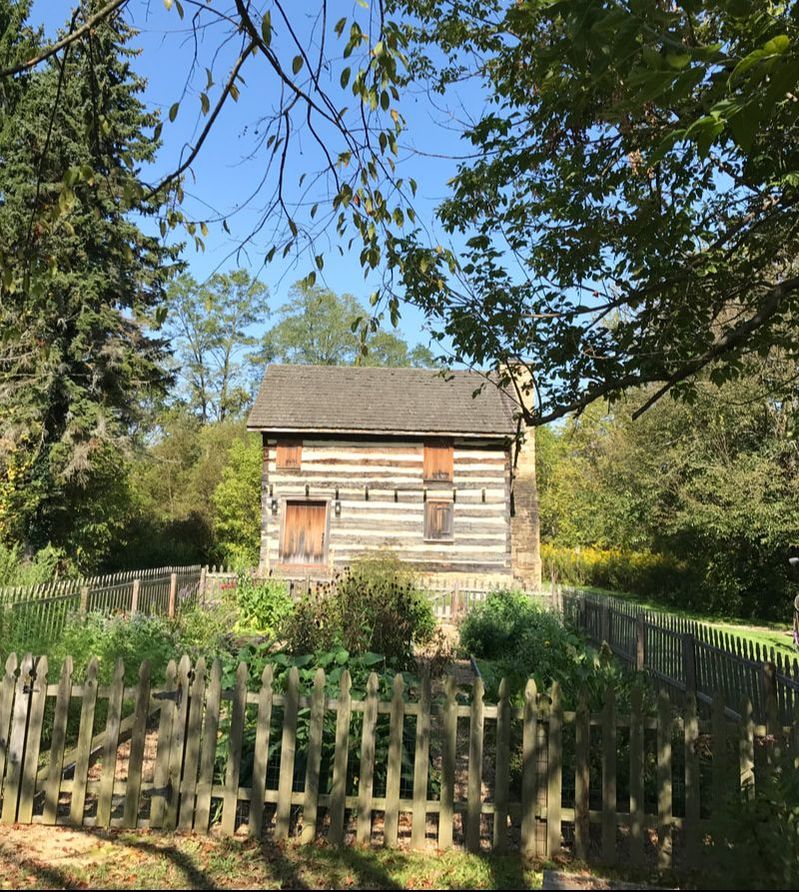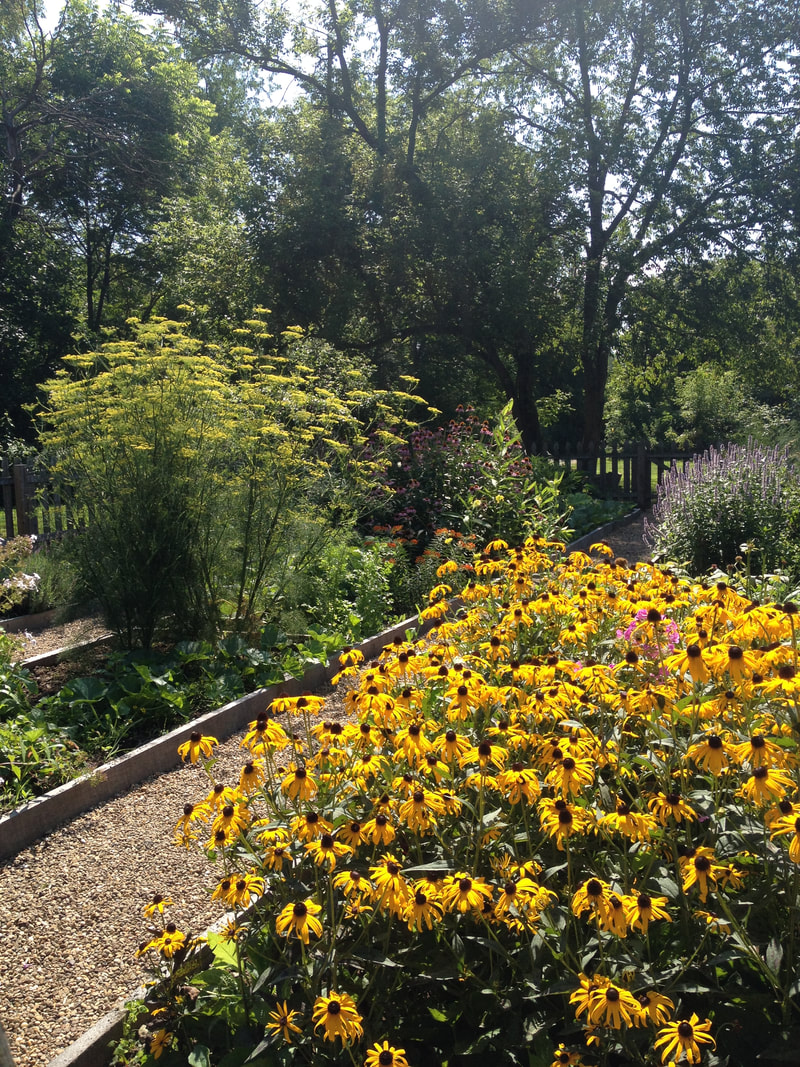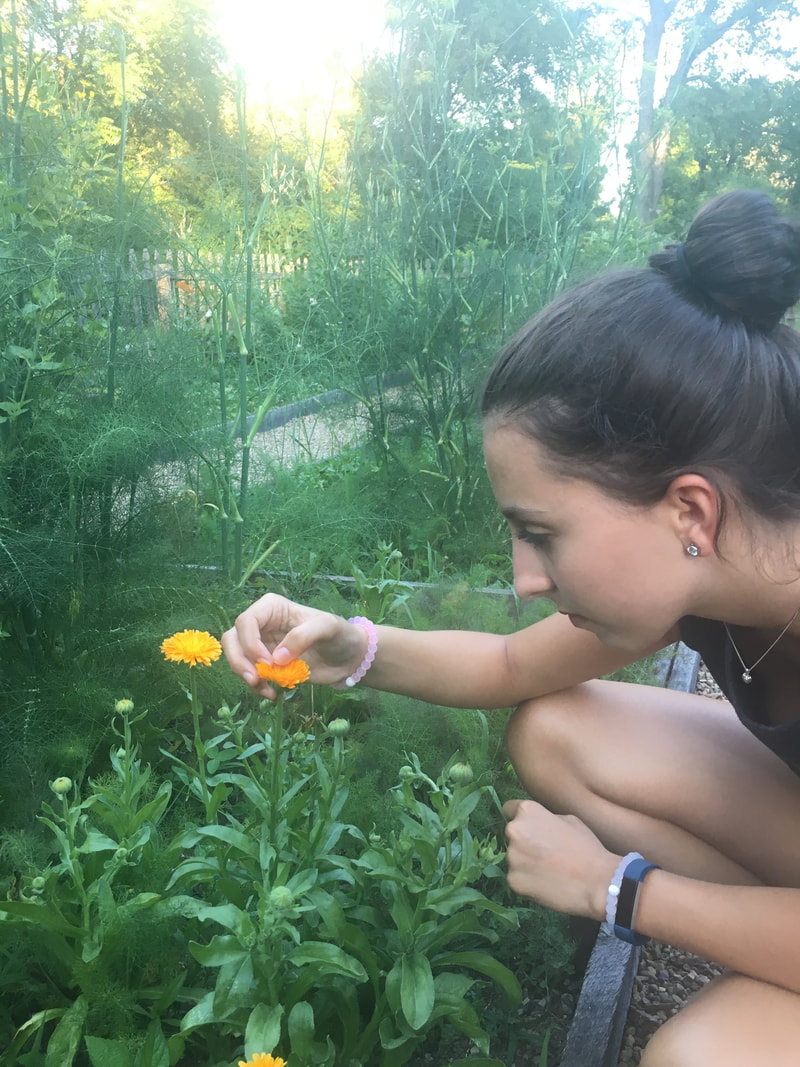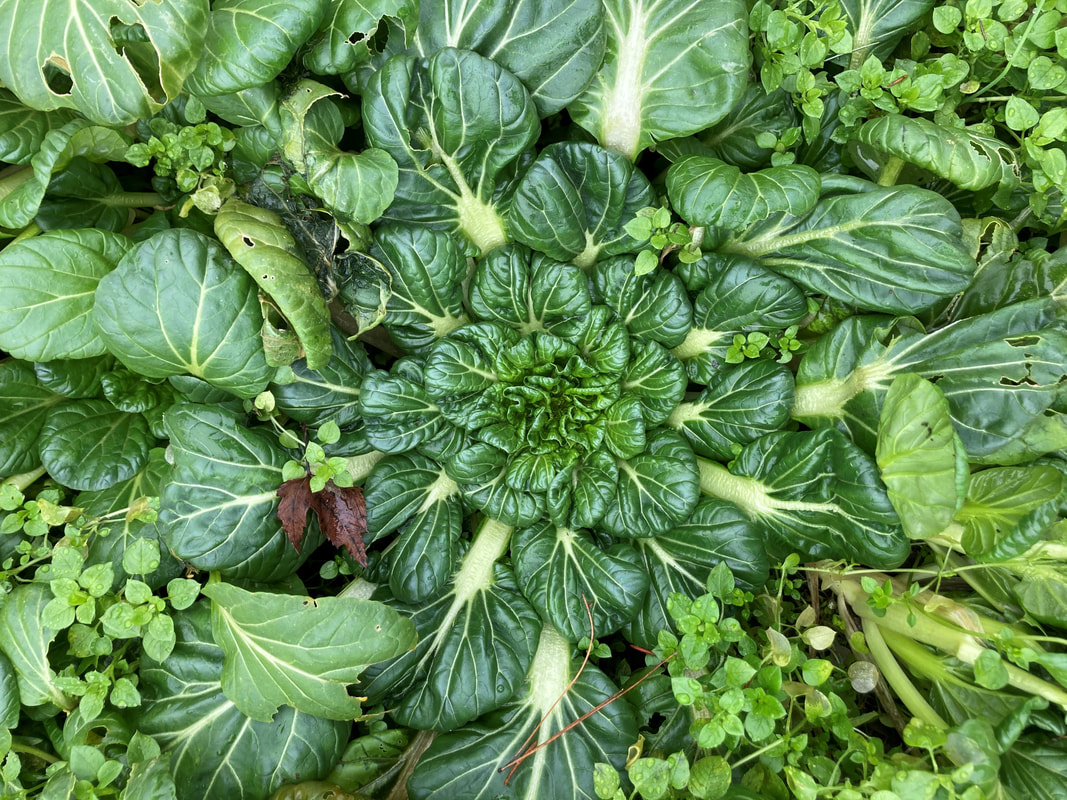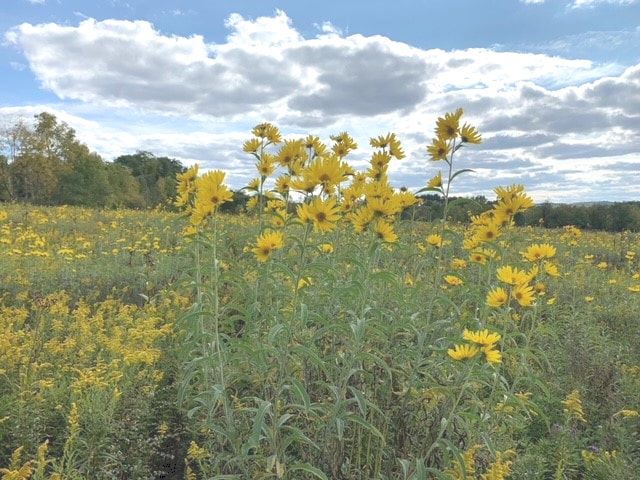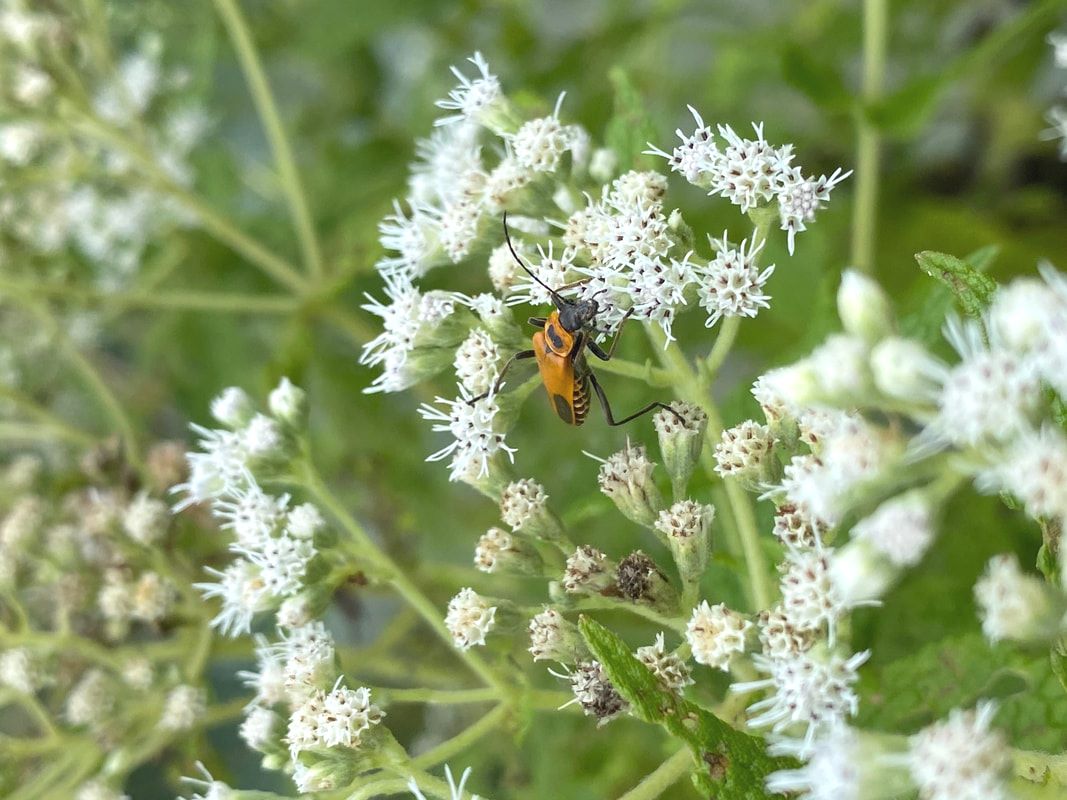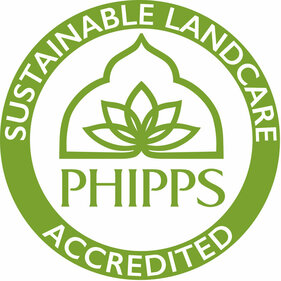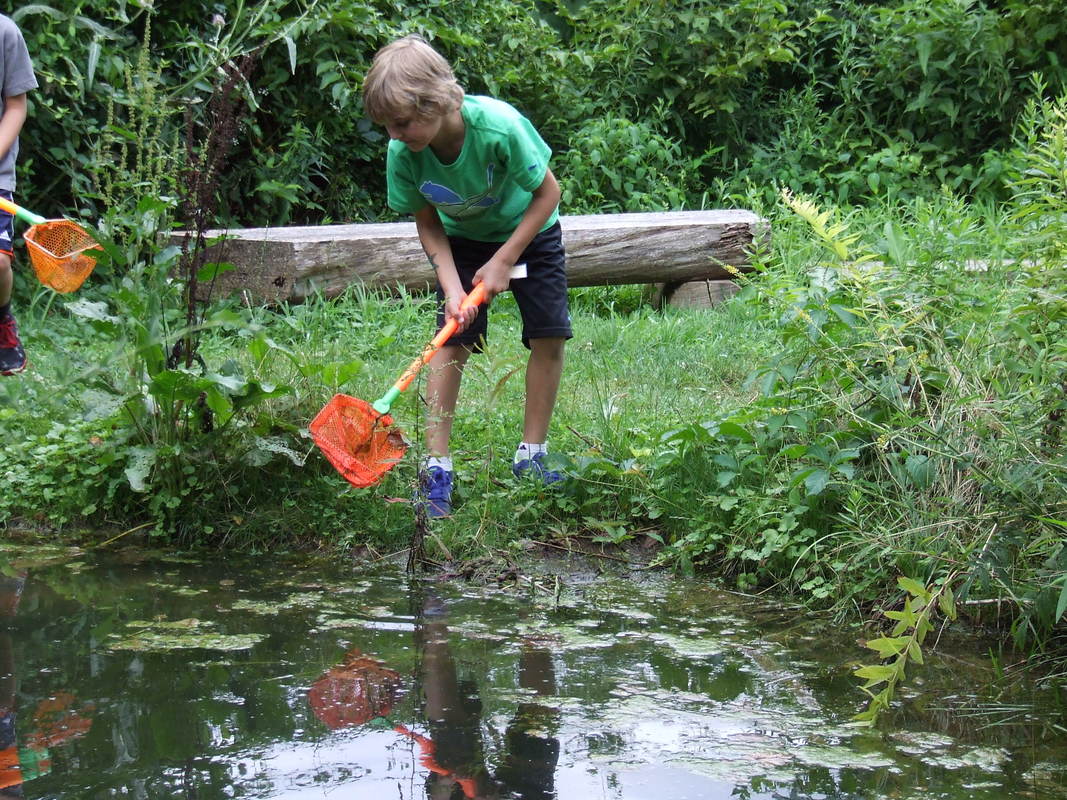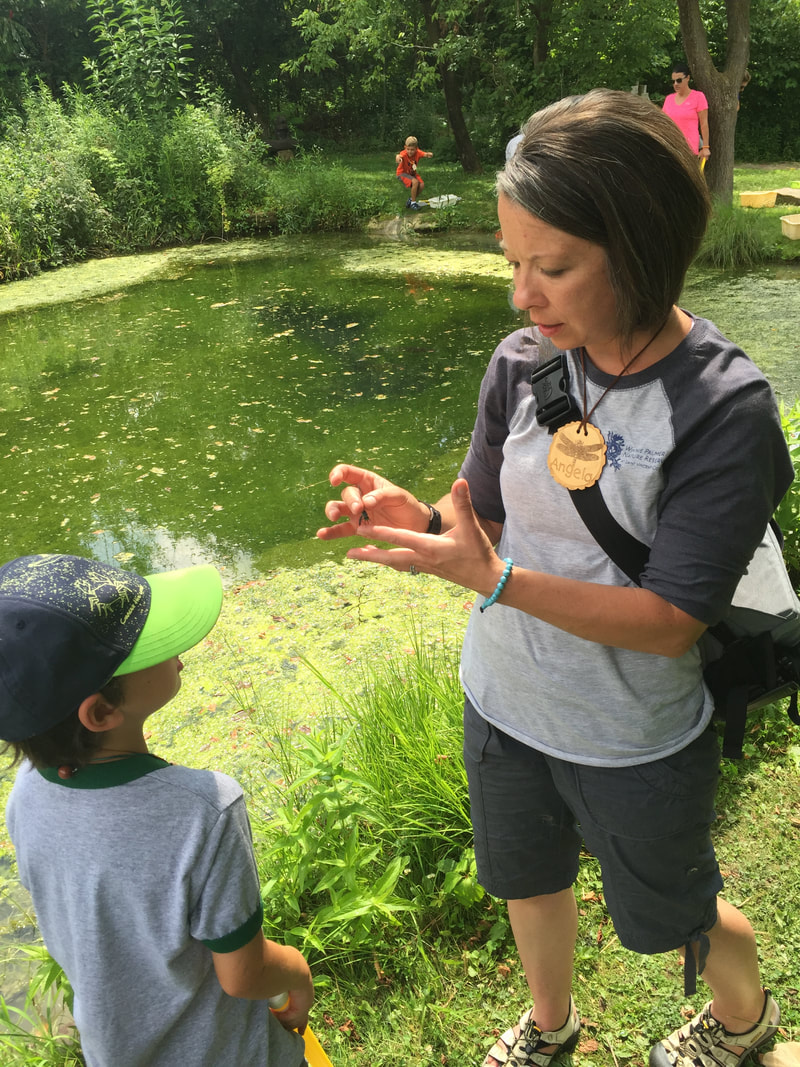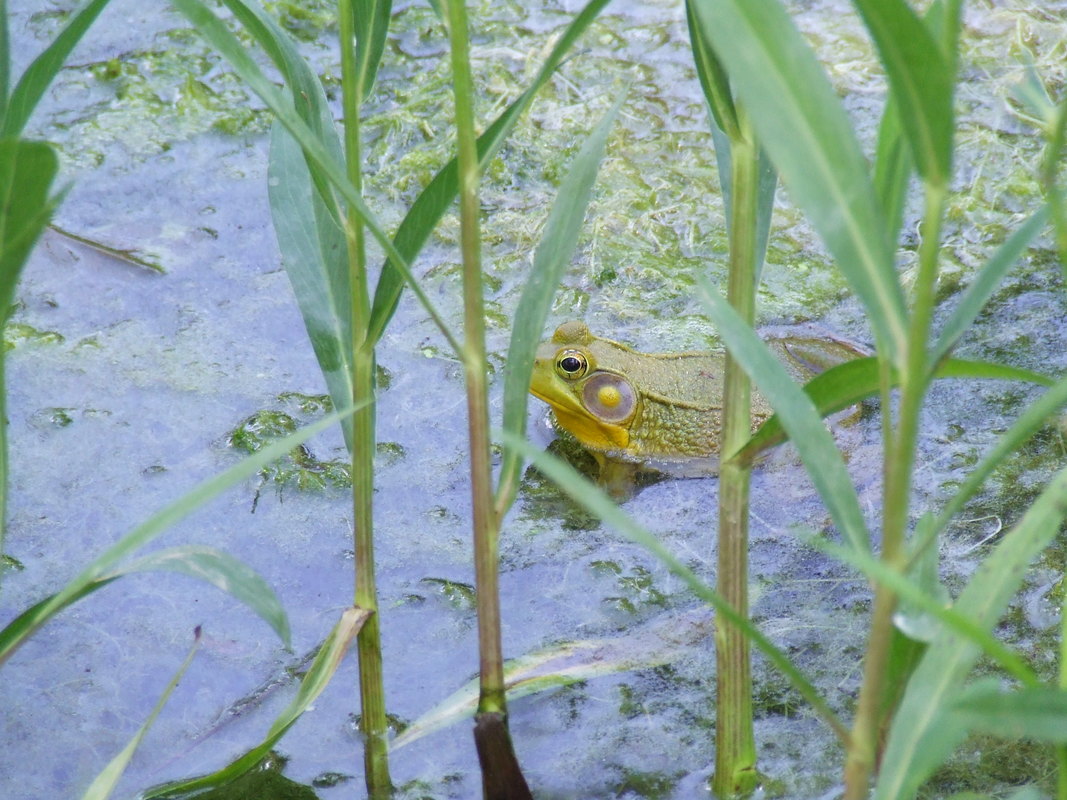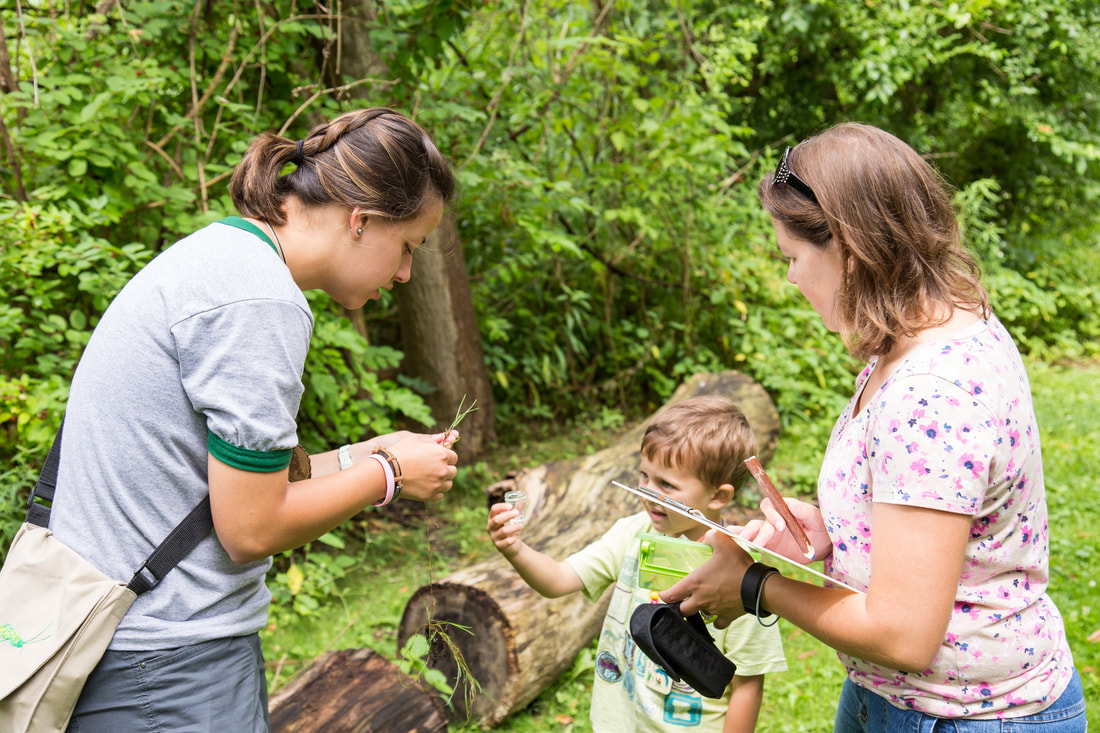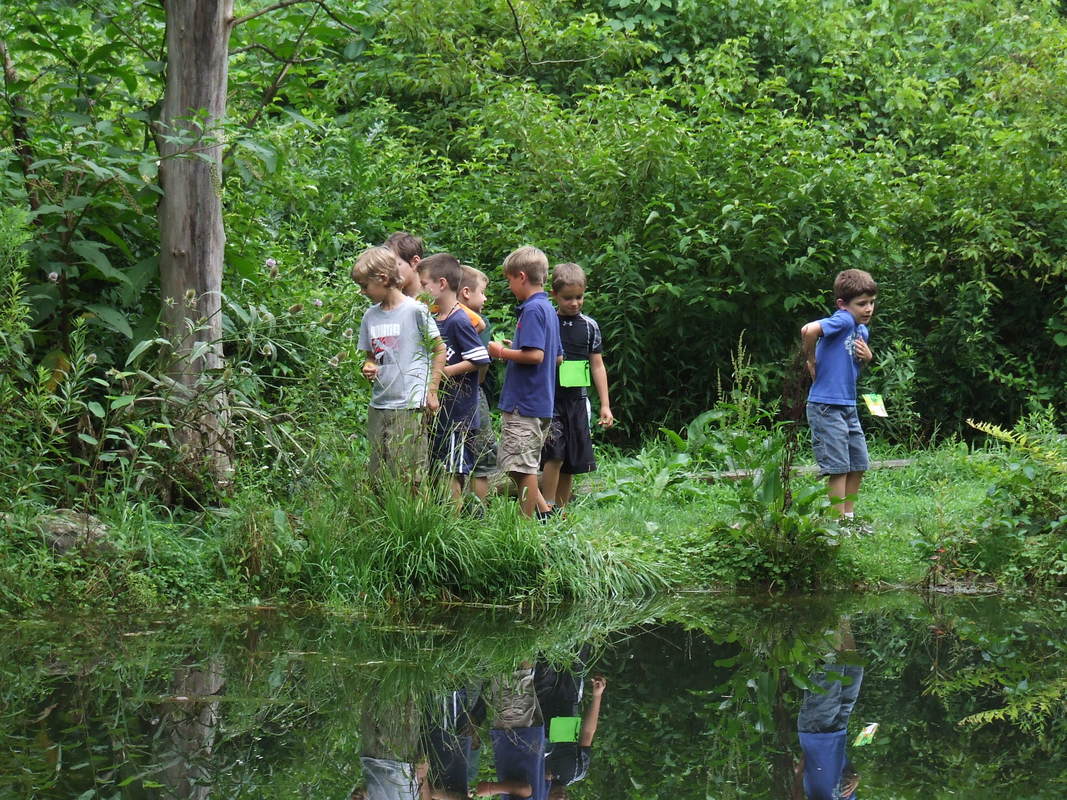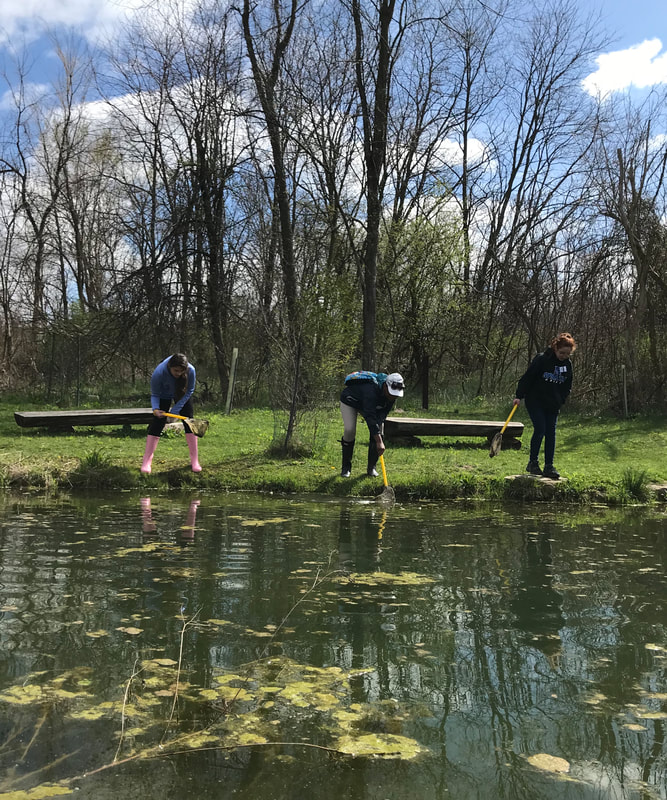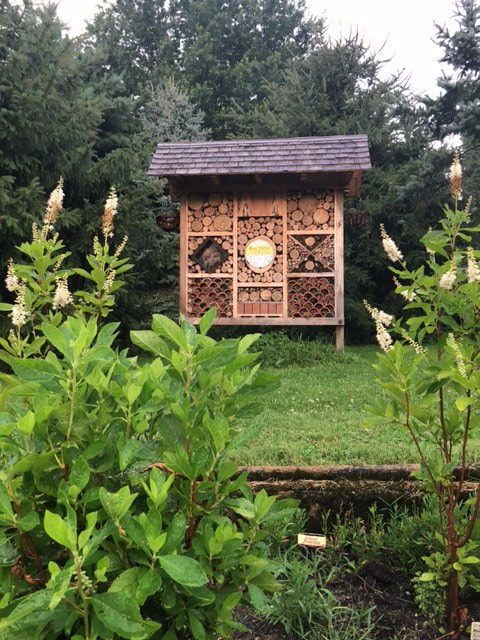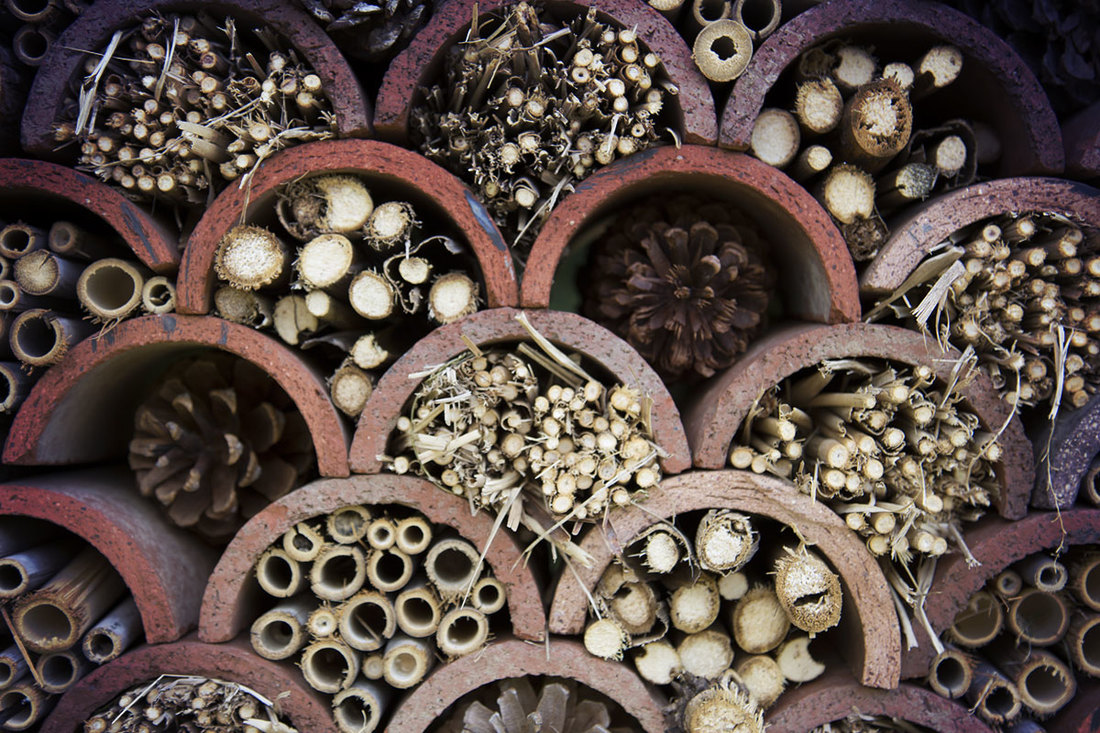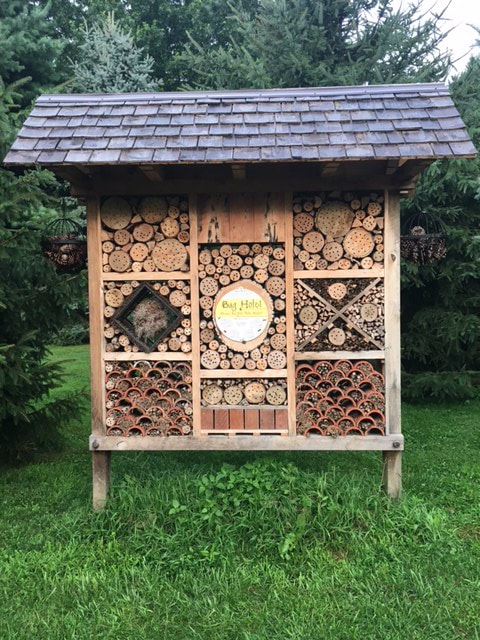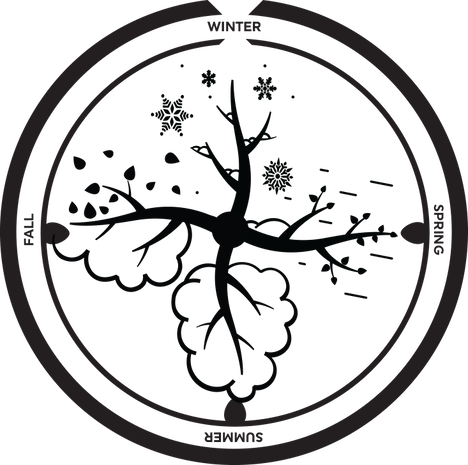Bask in Nature's Beauty
|
True to the uniqueness of Winnie Palmer Nature Reserve our five special curated gardens each have a different ecological or cultural focus. Visitors can step alongside and experience the flora the landscape provides.
|
Pollinator garden
The importance of pollinators can be glaringly obvious to a horticulturist, but to those of us unfamiliar to their importance our Pollinator Garden is a living classroom. We know that we need bees to pollinate our food-bearing plants and how we support them matters. Like humans, pollinators need food and shelter for the species to survive. We must provide them with places to nest, and plants for them to collect nectar from. Native plants make a difference. Pollinators have co-evolved with the plants native to our area and can provide the richest source of nectar possible. The Pollinator Gardens are educational centerpieces on the reserve and help us demonstrate the plants that call Western Pennsylvania home. We hope that visitors will be inspired to add these varieties to their own home landscapes and help out the pollinators.
"The flower doesn't dream of the bee. It blossoms and the bee comes.”
- mark nepo
Harvest & HERB Garden
|
This space was created by WPNR to showcase our efforts to support more sustainable garden practices, such as permaculture. Traditional vegetables, herbs, and flowers are grown here bio-dynamically. The use of cover crops are used to improve the health of the soil organically.
Plants are grown here that you can use for culinary, medicinal, and other practical purposes. Herbs such as lemon verbena, lovage, basil, amongst many other have multipurpose uses for cleaning, healing, and flavor.
Empowering our community to grow nutrient-dense food for themselves and their families is key to promoting wellness. There currently is a stigma attached to organic food that it has to be expensive and require copious amounts of time and energy to be attainable. The harvest garden serves as an example of how easy and simple growing food can be. We want visitors to see first hand what they can do in their own gardens and hope that even the smallest garden projects can spark an interest in healthy living and a deeper connection to the earth.
|
"The future needs more active farmers and gardeners who consciously create an attitude of responsibility within themselves so that they become guardians of the soil and true friends of nature.”
- Heinz Grotzske
Butterfly garden
|
A habitat for butterflies in all stages of their life cycle. Plants in the garden serve as host plants and nectar sources for these insects. One can stroll through the center of the winding path with cup flowers more than 6 feet tall in height. Not only serving as butterfly habitat, but this small garden becomes a feeding ground to finches in the fall harvesting the seeds of native varieties of sunflowers from the garden.
The National Wildlife Federation stated in March of 2018 that the population of Monarch Butterflies down by 14.8% over the last year continues the downward trend that has resulted in an overall 90% decline from the population high just two decades ago. |
"Just when the caterpillar thought the world was over, it became a butterfly."
- Barbara Haines Howett
Colonial Garden
|
Experience life on the frontier of Westmoreland County and how their knowledge of the native plants were derived from Indigenous knowledge of the earliest settlers. The gardens feature medicinal, culinary, and ornamental plants that would have been available to the families. Plants such as Elecampane, Culvers Root, and Salad Burnet are just some of the varieties of plants that were used to sustain people in these times.
Our past teaches us how to navigate our future. The brave, tenacious settlers who inhabited this land were completely self-sustained because they had extensive knowledge about how to cultivate and utilize the plants around them. As a society, we need to preserve this fascinating and useful history and these gardens are the perfect setting for hands-on education.
|
"Cultivators of the earth are the most valuable citizens. They are the most vigorous, the most independent, the most virtuous, and they are tied to their country and wedded to its liberty and interests by the most lasting bonds."
- Thomas Jefferson
Seed bankWPNR is a proud member of the Seed Savers Exchange. One of the largest nongovernmental seed banks in the United States, this nonprofit organization preserves heirloom plant varieties through regeneration, distribution, and seed exchange. As contributors, we maintain a large collection of seeds from our gardens that we share and receive through this program.
|
|
The Seed Savers Exchange is a community of gardeners and seed stewards, sharing and swapping rare seeds. It works to keep biodiversity strong and garden traditions thriving. WPNR participates in this project as a way to put the power of sustenance in the hands of the people. In keeping with our priority of teaching members of our community how they can grow their own food and medicine, we maintain an ever-growing seed bank to share. All we ask is for recipients to share their seeds with us. You can find us online in the Seed Savers Exchange Catalog, or just stop in to ask about what we have.
|
A SUSTAINABLE LANDSCAPE
OrganicNatural growing methods to minimize weeds and other pests.
|
Well balancedA diversity of plant types can be found
all over the reserve for conservation, research and wildlife. |
true to natureWe welcome natural pest control, native pollinators and biodynamic gardening techniques to work with nature.
|
"All of a sudden I had the revelation of how enchanting my pond was."
- Claude Monet
Palmer Pond
|
Palmer Pond was incorporated in 2010 at Winnie Palmer Nature Reserve to be used for education, recreation, and conservation. The pond is fed by an underground natural spring and is drained through an outlet system that connects to an intermittent stream and into Monastery Run. The pond contains a variety of aquatic creatures and hosts a variety of terrestrial creatures that use the pond for food, water, and other habitat needs.
|
Insect Hotel
|
The WPNR Insect Hotel was designed to attract a variety of beneficial insects and native pollinators, including the Mason Bee. Most of the materials used in the WPNR Insect Hotel are naturally found in and around the Reserve. Materials used include pine cones, burrs and seeds, sticks, bamboo, straw, brinks, small tree stumps, etc. Metal cages hold the pine cones on the sides and the structure was constructed with cedar.
|

